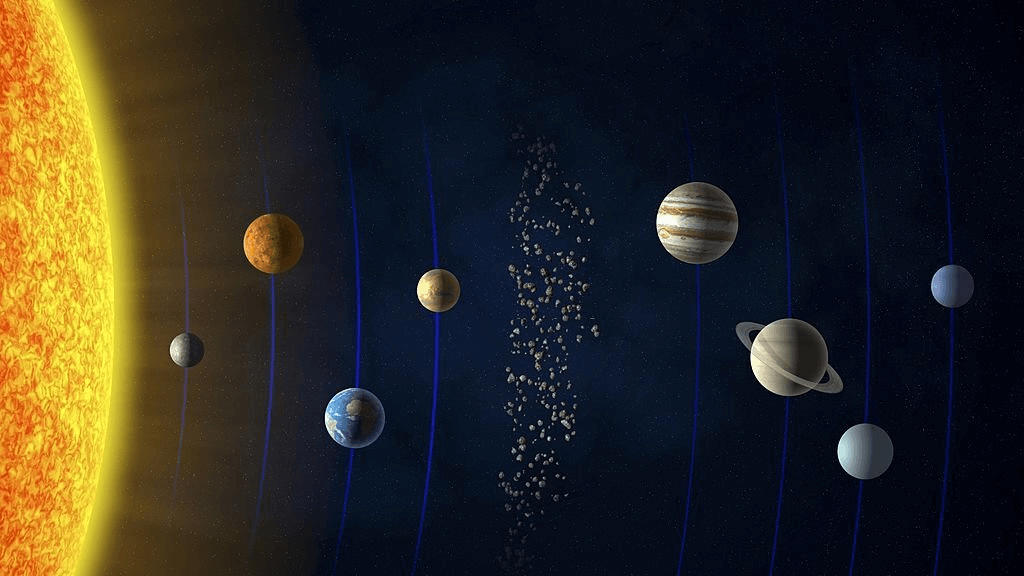
Imagine a super-fast car that zooms at 300,000 kilometers per second! That's how fast light travels, and it's the ruler we use to measure the HUGE distances in space. We call these rulers light-years: the distance light travels in ONE YEAR. It's a whopping 9.5 TRILLION kilometers – mind-blowing, right?
Let's jump in our light-car and explore the distances between some of our cosmic neighbors:
1. Mercury to Venus: A Hot & Hazy Zip Across the Neighborhood (0.06 light-years)
Think of Mercury as a hot, rocky ball, and Venus as a thick, cloudy one – they're our closest planetary buddies, just 0.06 light-years apart (like a quick drive across town!). Zoom past cratered Mercury, then dive into Venus's thick, poisonous air, where it's hot enough to melt metal! This short trip shows the different and sometimes yucky places in our own solar system.
2. Earth to Mars: A Familiar Leap Between Our Home and the Red Planet (0.02 light-years)
Earth, our blue home with air we breathe and oceans to swim in, and Mars, the rusty red neighbor with a thin, cold atmosphere, are just 0.02 light-years apart (like a quick flight!). This hop highlights the special conditions needed for life, and the exciting discoveries we might make on Mars as we get closer with future missions.
3. Jupiter to Saturn: A Gas Giant Dance Among the Rings (0.12 light-years)
Jupiter and Saturn, the biggest gas giants, rule the outer solar system, 0.12 light-years apart (like a road trip across a few countries!). Imagine a cosmic waltz: Jupiter swirling with its giant red spot, and Saturn adorned with its beautiful rings. We'll fly past giant storms, icy moons, and feel the immense size of these planets compared to our tiny Earth.
4. Uranus to Neptune: An Icy Trip to the Solar System's Edge (2.4 light-years)
Uranus and Neptune, the ice giants, are at the very edge of our solar system, 2.4 light-years past Jupiter and Saturn (like traveling from Europe to Asia!). This journey takes us to a land of extreme cold, methane oceans, and moons with geysers shooting water vapor into space. It's a whole different world compared to the hot, rocky planets closer to the Sun.
5. Milky Way to Andromeda Galaxy: A Dazzling Dance with Our Closest Galactic Friend (2.5 million light-years)
Leaving our solar system behind, we blast off on a truly epic adventure – 2.5 million light-years to the Andromeda Galaxy, our closest galactic neighbor (like traveling from Earth to the Sun… 100 MILLION times!). Imagine two giant pinwheels filled with billions of stars, spinning towards each other in a cosmic dance that takes billions of years! This distance shows us how tiny our Milky Way is compared to the vastness of the universe, filled with countless galaxies like our own.
6. Andromeda to Triangulum Galaxy: A Celestial Triangle in the Cosmic Web (3 million light-years)
Our galactic road trip continues with another 3 million light-year jump (like traveling from Earth to the Sun… 120 MILLION times!), this time to the Triangulum Galaxy, a smaller friend of Andromeda. This celestial triangle completes a galactic trio, showing that galaxies come in all shapes and sizes! It's a humbling reminder that our Milky Way, with its spiral arms and billions of stars, is just one tiny piece in the grand cosmic puzzle.
